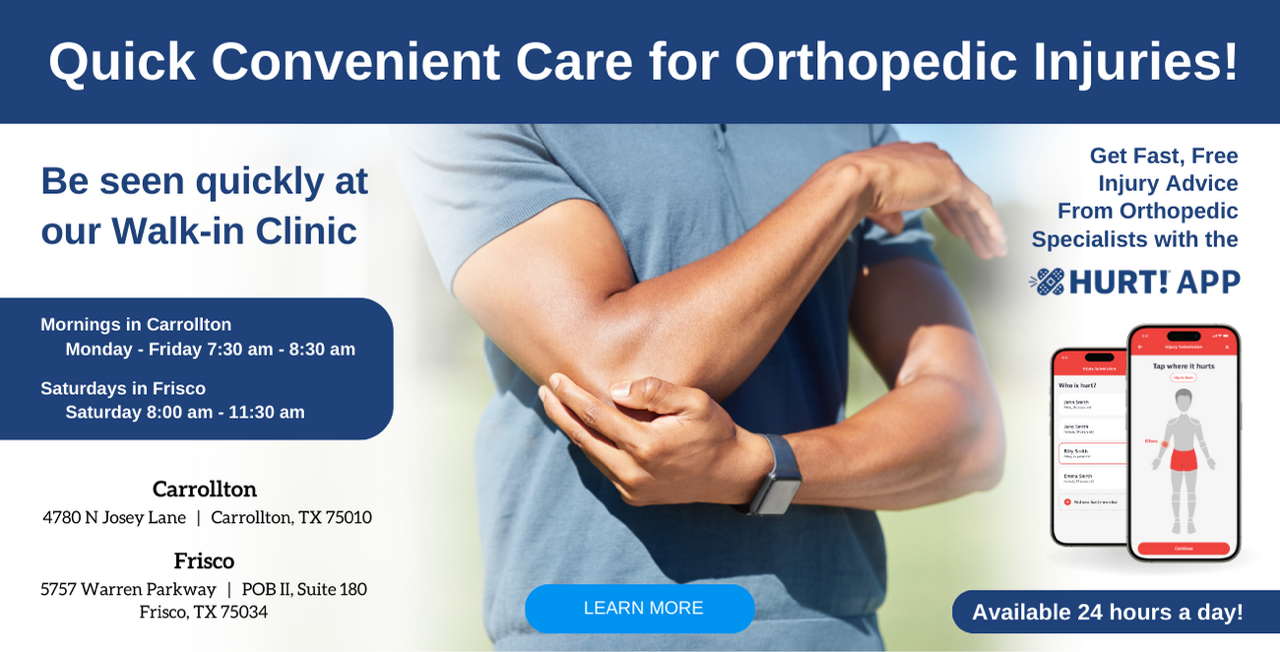Scheuermann’s Kyphosis, also known as Juvenile Kyphosis or Calve’s disease, is a self-limiting disorder that creates an abnormal curvature of the spine. This is a thoracolumbar disorder that commonly affects the adolescents during their growth phase. A normal spine is vertically inclined and its cylindrical-shaped vertebrae are placed one above the other to keep it stable. A slight curve is present in the spine which allows it to bear the impact of the body’s movements and to absorb external shocks effectively. In some cases, the vertebrae may grow at a different rate relative to each other and they tend to get stacked one above the other. This abnormal growth spurt increases the spinal curvature and if it exceeds 45 degrees, the condition is considered as abnormal.
Scheuermann’s Kyphosis may affect the upper back (thoracic spine) or the lower back (lumbar spine). The condition has both physical and psychological bearing on the patient and can lead to permanent disfigurement. It can also damage the internal organs in severe cases.
Causes
- Inherent genetic structure
- Direct or indirect injury caused to the spine
- Inherent weakness in the skeletal structure
- Thickening of ligaments which connect the two vertebrae may cause abnormal curvature
- Loss or lack of blood supply to the inter-vertebral cartilage
- Excessive bending for long hours or maintaining a poor posture for long
Symptoms
- Pain may radiate from a specific point in the spine to the neck
- Loss of vertebral height in teenagers
- Pain and discomfort may get aggravated during and after activity
- Muscle fatigue, cramps and stiffness in the back and extremities
- Visible deformity in the form of a hunchback
- Limited range of motion
- The space available for the lung cavity may be compromised with the excessive curving of the spine. This may cause breathing problem.
- Redness in the lower or upper spine region
- Instability of the spine
- Difficulty in sitting, lying down or standing for long
- Tightness in the hamstring muscles
Diagnosis
- A detailed clinical evaluation of the patient, medical history, family traits and existing symptoms
- X-ray imaging to study the structure of the bones and changes in them, if any
- Testing of the other parameters such as range of motion, flexibility of spine and muscle strength
- MRI or CT scan may additionally be required
Treatment
Scheuermann’s Kyphosis can be treated surgically and non-surgically depending on the severity or progression of the disorder. The doctor may recommend a surgery if:
The spinal curvature exceeds 75 degrees, The condition is progressive and likely to deteriorate the condition further or, The conservative methods have not brought any relief.
Non-surgical methods
- Prescription of anti-inflammatory medicines to ease the discomfort
- Wearing a removable back brace may be recommended to help reverse the curvature and combat pain
- Heating pads may be used to alleviate pain and curb inflammation. It also relaxes the surrounding soft tissues that support the spine
- Physical therapy may helps to improve flexibility, range of motion and strength of the spine
- Supporting the back with additional pillows while sleeping
- Weight bearing should be strictly avoided
Surgical methods
Thoracotomy – It is a type of bone graft technique in which an incision is made in the chest to remove inter-vertebral discs, tissues and place a donor bone. It then fuses with the spine. The bone may be extracted from other joints of the body such as the hip
Spine Fusion Instrumentation – The incision is made at the back of the spine and screws, pins, rods are inserted to correct the curvature and prevent it from becoming a permanent deformity Lifting of weights and excessive bending should be avoided post-surgery for 8-12 months. This allows the bones to solidify.
To know more about Scheuermann’s Kyphosis, consult the physicians at OrthoTexas. For an appointment, call 972-492-1334.


